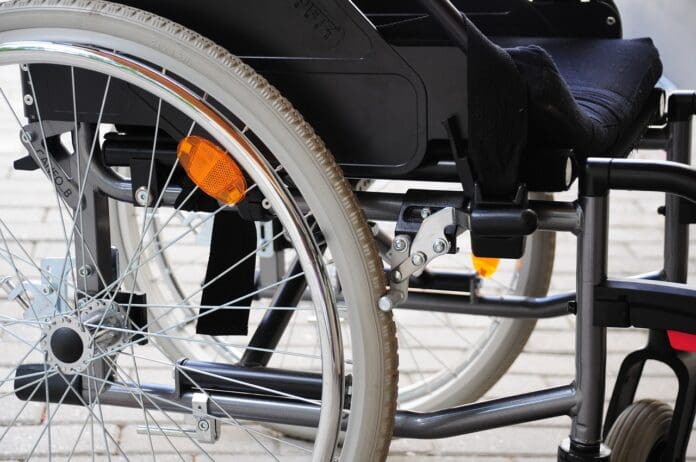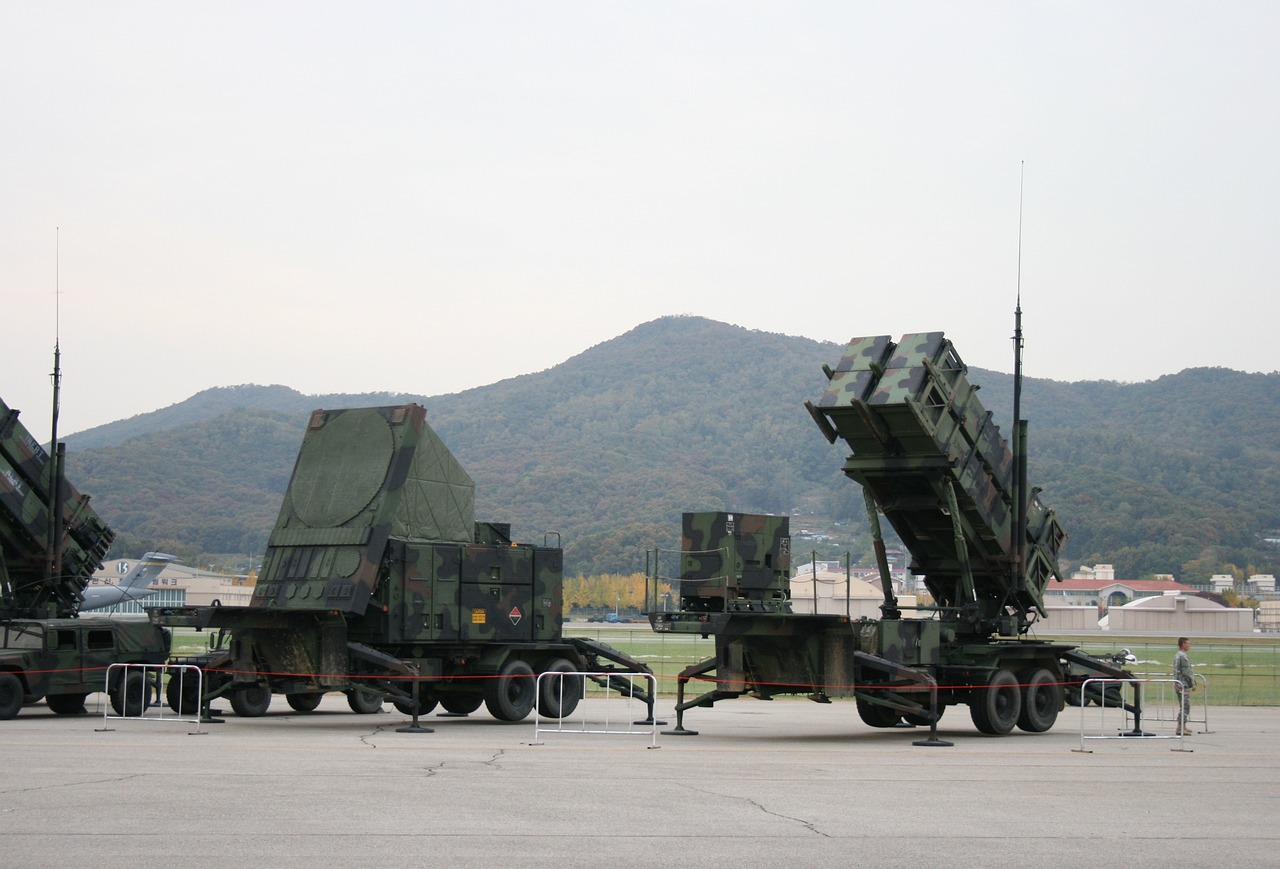This post is also available in:
 עברית (Hebrew)
עברית (Hebrew)
Researchers at the Korea Advanced Institute of Science and Technology (KAIST) have made an important step in the world of assistive technology with the introduction of the WalkON Suit F1, a groundbreaking wearable robot designed specifically for individuals with paraplegia. Announced on October 24, this innovative suit allows users to put it on directly from their wheelchairs without requiring assistance, addressing a longstanding limitation of previous models.
Since its inception in 2015, the WalkON Suit has been developed to assist those with complete paralysis, classified as grade A on the American Spinal Injury Association (ASIA) Impairment Scale. Unlike other rehabilitation robots currently available, which primarily focus on muscle strength and therapy, the WalkON Suit F1 emphasizes user independence and mobility.
The original WalkON Suit debuted in 2016, with subsequent versions enhancing its capabilities. The WalkON Suit 4, introduced in 2020, increased walking speed to 3.2 km/h, matching the normal walking pace of individuals without disabilities. It also demonstrated the ability to navigate everyday obstacles, such as narrow passages and stairs. However, a critical limitation remained: users needed assistance to put on the suit.
The newly developed WalkON Suit F1 addresses this issue with a frontal-docking method, allowing users to wear the robot without leaving their wheelchairs. Remarkably, the robot can autonomously approach the user, making the transition seamless and independent. Enhanced balance control technology allows users to maintain stability without falling, even when the robot is being pushed.
The WalkON Suit F1 integrates humanoid elements with practical functionality. Significant improvements have been made in its performance, enabling users to stand upright and take multiple steps unaided.
In collaboration with Angel Robotics, KAIST has also achieved notable advancements at the component level. Essential components are now produced domestically, with improved response speed. The embedded software allows for advanced motion control algorithms to function without the need for expensive higher-level controllers. Additionally, the inclusion of a visual recognition system for obstacle detection and an AI board for neural network applications enhances the suit’s operational capabilities.
With its advanced features and user-centric design, the WalkON Suit F1 represents a significant leap forward in empowering individuals with disabilities and enhancing their quality of life.

























